Does enzyme use ensure higher gain in tilapia production?
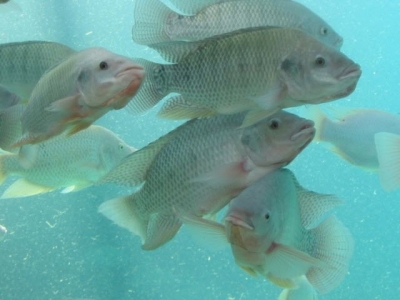
Adding phytase to plant-derived tilapia diets may boost nutritional gain and offer improved growth performance and intestinal health.
“The potential of exogenous enzymes to enhance aquaculture production by liberating potentially unavailable plant nutrients within specific plant feed ingredients warrants more study to validate their effectiveness in fish feed,” noted the British authors of a study published in the journal, Animal Feed Science and Technology.
“To this end, the present trial was conducted to establish and document the effects of dietary phytase, protease and carbohydrase on Nile tilapia production and health when supplemented to diets containing narrow-leafed lupin and soybean proteins," said the researchers.
The group examined influence of the enzyme feed supplements on growth performance, haematoimmunology and intestinal health.
“Tilapia fed diet supplemented with phytase exhibited superior growth performance in contrast to fish fed the control diet,” they said. “This change did not have detrimental impacts on the haematological, intestinal morphological or intestinal microbiological parameters investigated.”
Exploring enzymes
While vegetable based ingredients are common in tilapia feed, there are limits to how much can be included because of anti-nutritional factors that limit access to nutritional content, they said.
“NSPs [non-starch polysaccharides] (typically cellulose, arabinoxylan and mixed-linked β-glucans) are major components of plant cell walls and are indigestible to fish,” they said. “They may cause increased viscosity in the gut which consequently results in a reduced rate of digestion, nutrient absorption and reduced feed intake (Zijlstra et al., 2010).”
However, based on the results from use in swine and poultry diets, adding exogenous enzymes may improve the ability of fish to gain nutrition from plant-based feed ingredients, said the researchers.
Previous testing has been done on use of some enzymes in aquafeed, they said. But results have been inconsistent, noted the team.
“To the authors’ knowledge, previous studies have not investigated the effects of exogenous enzymes on the intestinal microbiota and general health of tilapia,” they said. “Given the growing body of literature which demonstrates that feed ingredients can impact fish intestinal health and micro-ecology (Dimitroglou et al., 2011, Zhou et al., 2013, Jiang et al., 2014 and Merrifield and Carnevali, 2014), elucidating the effects of dietary enzymes on intestinal status is both timely and novel.”
The study
In the experiment, 360 tilapia were split into 12 groups and fed one of four diets for a period of six weeks, said the researchers.
Of the four plant-based diets, one acted as a control, and the others were supplemented with 300mg kg-1 phytase, 200mg kg-1 protease or 300mg kg-1 carbohydrase, they said. The enzymes used were commercially available and replaced corn starch in the control diet.
Growth performance, feed utilization and somatic indices were determined using specific growth rate (SGR), feed conversion ratio (FCR) protein efficiency ratio (PER), condition factor (K), hepatosomatic index (HIS) and the viscera-somatic index (VSI), they said.
Measurements taken included the initial and final body weights, feed intake, protein ingested, final length, liver weight and visceral weight, said the researchers. At the end of the trial three fish per tank were harvested for measurements.
Blood samples were taken at the end of the experiment and histological appraisals of select fish’s mid-intestine were done, they said. Additionally, the intestines of selected fish were removed and the digesta was collected.
Results
Fish getting the diet with supplemented levels of phytase had higher final body weight (FBW) and specific growth rate (SGR) when compared with the control group and the protease supplemented group, and similar results to the group getting carbohydrase, said researchers. The group also had a better feed conversion ratio (FCR) and protein efficiency ratio (PER).
The treatments did not have a significant influence on somatic indices or on body lipid, protein or ash levels, the researchers said. Nor were there many differences for the mid-intestinal perimeter ratio, goblet cell abundance or intraepithelial leucocytes amount.
The fish getting supplemental carbohydrase had higher levels of circulatory red blood cells and an altered intestinal bacterial community compared to the control diet, they said. And the microvilli density in the mid-intestine was improved in fish getting the phytase and carbohydrase supplements.
Related news
Tools

Phối trộn thức ăn chăn nuôi

Pha dung dịch thủy canh

Định mức cho tôm ăn

Phối trộn phân bón NPK

Xác định tỷ lệ tôm sống

Chuyển đổi đơn vị phân bón

Xác định công suất sục khí

Chuyển đổi đơn vị tôm

Tính diện tích nhà kính

Tính thể tích ao
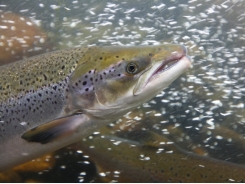
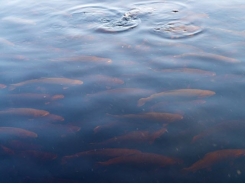
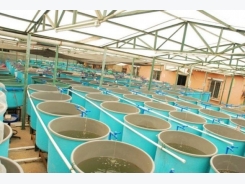
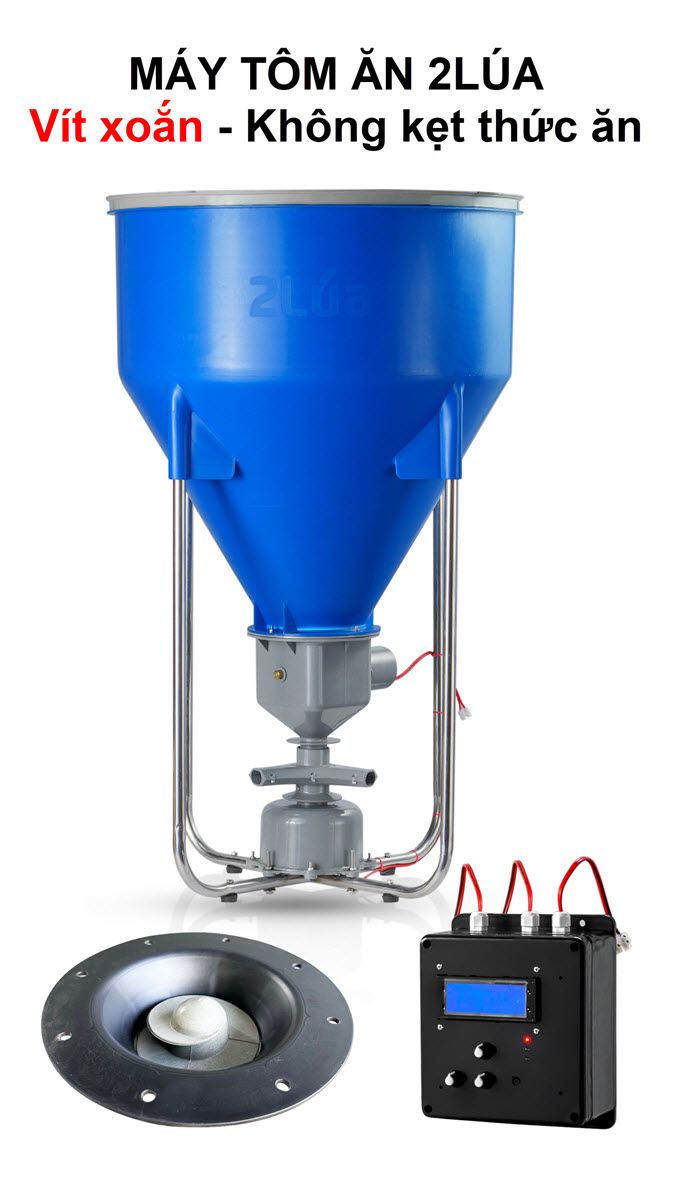
 Supplemental selenium boosts plant-based aquafeed
Supplemental selenium boosts plant-based aquafeed  Do pineapple trimmings have a place in aquafeed?
Do pineapple trimmings have a place in aquafeed?